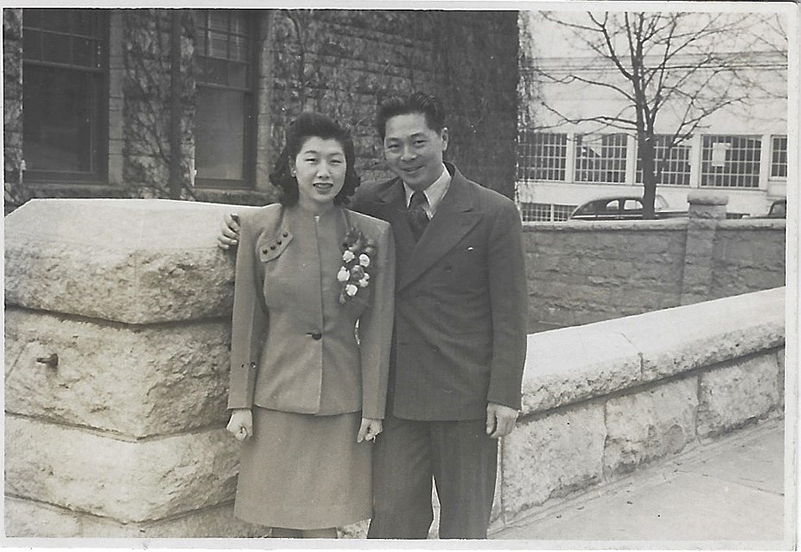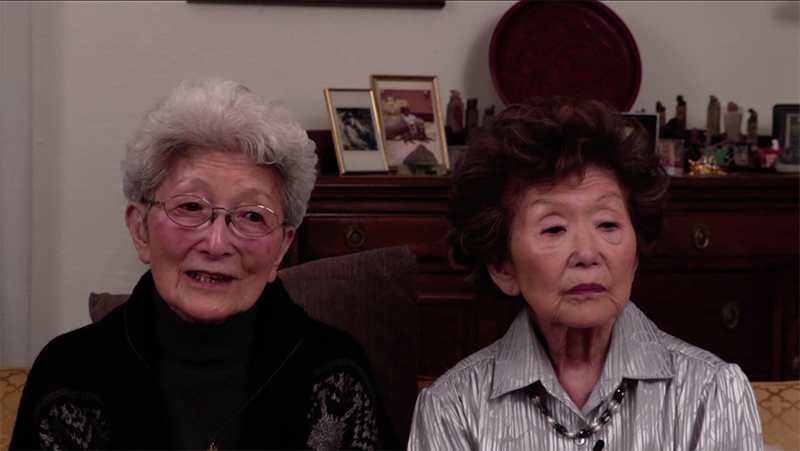Rebuilding Home

Even in the midst of their dispossession, Japanese Canadians began the hard work of rebuilding homes and recreating a sense of belonging.
Japanese Canadians made stoves to heat their internment tents and shacks. They sewed clothing, planted gardens, and ground beans into tofu. Children made snares for hunting in summer and flooded fields with ice in the winter to play hockey. Communities worked together to build schools.
Betty Umakoshi grew up in Vancouver. She was 17 years old when her family was forced into a tent in the BC interior. She felt anger at this undeserved hardship.
At the same time, Umakoshi was part of a community recreating itself. Her future husband, Tak Toyota, had managed to acquire a car. He drove around the multiple internment sites in the region in an “old Jalopy,” a Model A Ford. It was in this car that he would “come and court” her, she remembered. As the car approached, “you could hear this chitty chitty bang bang, toot toot toot coming up the hill.” Around this rare possession, community was built:
"[Tak] always stopped and gave everybody a ride. Especially the older women, right? He would always give them a ride. And I remember mom and Mrs. Shimizu; she lived with us in the same house. They used to walk downtown to buy stuff. And they used to go and buy tofu. There was this Japanese man that made tofu in downtown … So mom told me one day she went down to buy tofu and they put it in a cardboard container full of water … And they were walking home and Tak came, “Mr. Toyota, Toyota-san stopped and gave us a ride” … Every time you see Tak’s car go by he’s full of giggling old women … and she said by the time they got out of the car in front of their avenue most of the water was gone from shaking."
These are memories of a community coming back together. Japanese Canadians remade a sense of home by laughing and living together, by persevering despite the harms that they suffered.
Once they were freed from internment camps, Japanese Canadians reestablished more permanent homes. Shinko and Fusako Nagata were lucky to get to Toronto early, in the fall of 1943. They had pleaded for special permission from the RCMP and the Custodian of Enemy Property. Once in Toronto, they looked for a home. Shinko remembers, “I spent all of September – every day – looking for a house to rent … I spent 29 days being refused. Each door we went [to], the door was closed.”
Eventually, she and her sister found someone willing to rent to a Japanese Canadian family: “to think, [a] Japanese Canadian: refused for 30 days, refused so many places in Alberta, kicked out of Vancouver. But this man said ‘come in, sit down, be comfortable, and we’ll have a chat’ … a magnificent person.”
 Play Audio
Play Audio
 Play Video
Play Video
